Environmental Science and Engineering
Against the flow of drug resistance
Certain bacteria-based water treatment systems may help prevent the spread of antibiotic resistance.
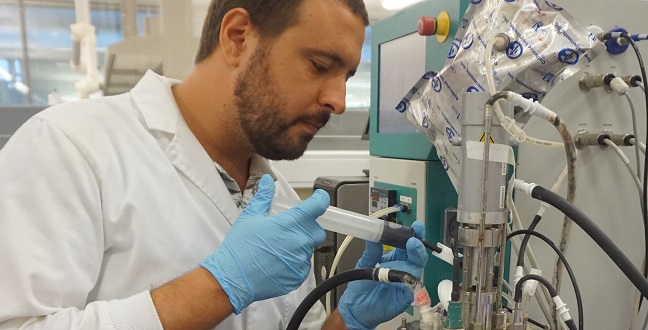
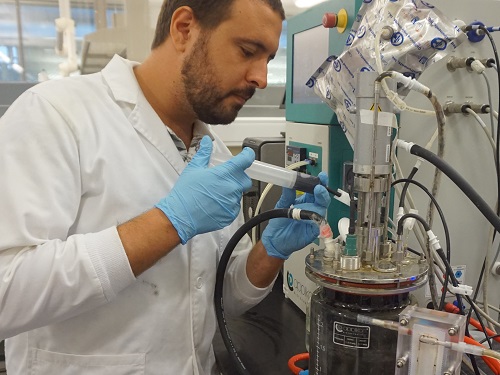
Moustapha Harb collects a water sample from the anaerobic membrane bioreactor.
© 2016 KAUST
Many wastewater treatment facilities rely on membrane bioreactors (MBRs) that use bacterial communities to consume and break down contaminants that make the water unsafe for reuse.
Peiying Hong and colleagues from the KAUST Water Desalination and Reuse Center examined how specific pollutants in water affect these bacteria and identified a potential edge for one particular class of membrane bioreactors1.
The microbes within these bioreactors can be oxygen-consuming aerobic bacteria or anaerobic bacteria that do not require oxygen. Hong noted that the anaerobic membrane bioreactors are known to have significant advantages, including very stable bacterial populations that are more efficient at processing pollutants. They are also more cost-effective.
Before Hong’s study, little was known about how the contents of wastewater, which include household chemicals, antibiotics and pharmaceuticals, affect the integrity of these different communities.
“We examined the effects of these compounds on the microbial community structures of the two MBR systems, their gene expression and the presence of antibiotic-resistance genes,” said Hong.
Her team tested two miniature membrane bioreactors with simulated wastewater spiked with defined amounts of common chemical pollutants. Both the anaerobic and aerobic communities changed over the course of exposure, with certain species becoming more or less abundant in each bioreactor.
The researchers also observed population-level changes in the expression of genes that enable bacteria to break down biological waste, although both bioreactors remained consistent over time.
A potential concern over membrane bioreactors is that steady exposure to antibiotics in wastewater will promote the development of drug-resistance genes, which can in turn make their way into the environment. However, Hong’s team saw a clear advantage for the anaerobic system.
“There were significantly lower antibiotic resistance gene levels compared to the aerobic system, even at similar antibiotic concentrations,” she said.
These findings provide yet another strong argument for using anaerobic membrane bioreactors, and Hong is now investigating other potential benefits of the technology.
Some of her group’s priorities include investigating whether anaerobic systems have an advantage in eliminating microbes from wastewater and producing a more in-depth analysis of how individual pollutant compounds influence bioreactor behavior.
“We hope to show that microbial communities in anaerobic systems are robust enough to adjust to high concentrations of organic micropollutants while achieving good water treatment efficacy,” Hong said.
References
- Harb, M., Wei, C.H., Wang, N., Amy, G. & Hong, P.Y. Organic micropollutants in aerobic and anaerobic membrane bioreactors: Changes in microbial communities and gene expression. Bioresource Technolology 218, 882-891 (2016).| article
You might also like

Environmental Science and Engineering
Combat climate change by eliminating easy targets
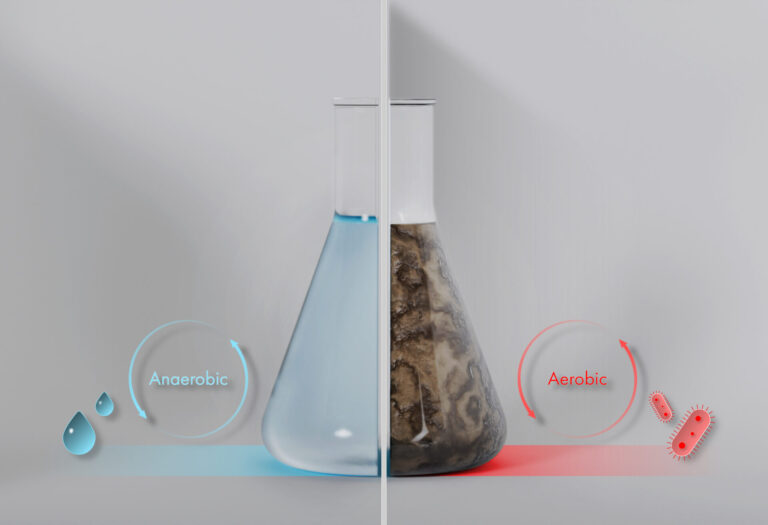
Environmental Science and Engineering
Wastewater treatment to fight the spread of antibiotic resistance

Bioscience
Digging into the world of plant-growth-promoting microbes

Bioscience
Unique microbiome discovered in mountain streams

Chemical Engineering
Unveiling the role of biomass-burning aerosols in atmospheric reactions
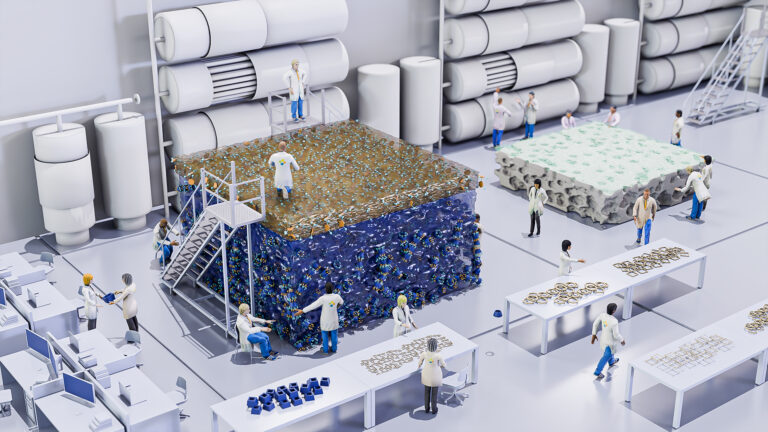
Chemical Engineering
Precision separations with perfect pores

Environmental Science and Engineering
Practical support for building sustainability into our cities
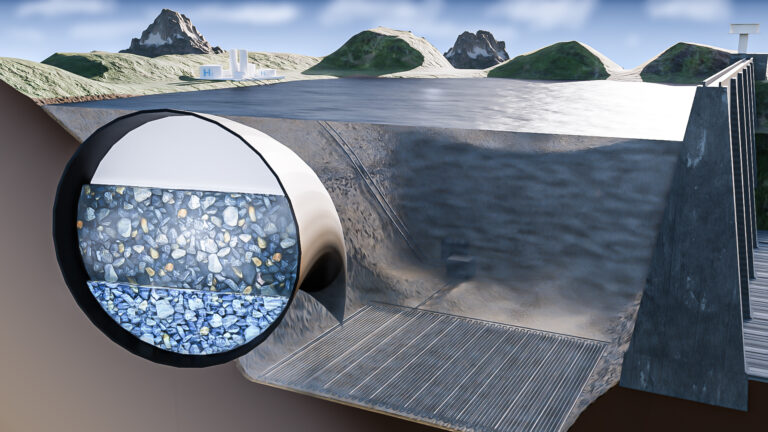
Environmental Science and Engineering



